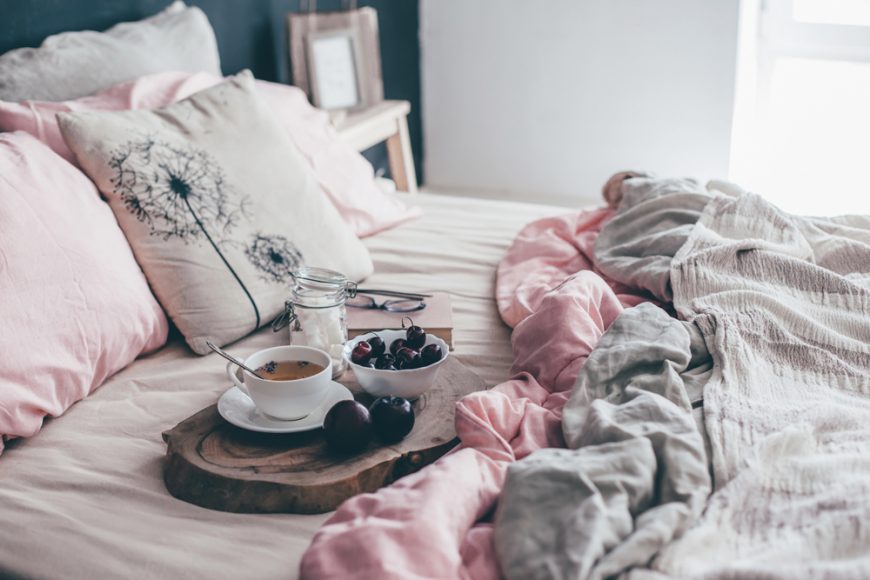Although shopping at Swedish-born IKEA has become a rite of passage for many Americans establishing the starter apartment (or live-in relationship), there is a lot more to Scandinavian design.
Well-known for its high-end traditional crafts and cool architecture, it has since the 1950s become part of a modern movement that emphasizes simplicity, functionality and elegance over preciousness. Combining different industrial technologies, designers from Denmark, Finland, Norway and Sweden have radically changed the public perception of design from something reserved only for professionals to something reflecting the style of everyday life. Marked by pale colors, natural materials and lean, leggy furniture, the aesthetic has largely been a response to the region’s short days and infamously long winters.
Although Scandinavia is cold, its brand of modernism can be quite warm as evidenced by a recent (although decades-old) design trend called Hygge. Pronounced “hue-gah,” it is a Danish and Norwegian word that roughly translates into a feeling of cozy contentment and well-being through enjoying the simple things in life. If you’ve ever enjoyed reading a book indoors on a rainy day wrapped in a warm blanket or sipping a cup of hot cocoa in wooly socks while it’s snowing outside, you’ve experienced hygge without even knowing it. By embracing the indoors, welcoming others into your home, and taking plenty of time to treat yourself to little luxuries, you are engaging in hygge as an ideal form of self-care. Though hygge would seem to lend itself more to the harsher seasons, the softer ones might be the perfect moment to acquaint yourself with its minimalist pleasures.
What things are considered examples of hygge?
Less is (much) more: Minimal furniture scaled low to the floor.
Natural materials: Balance plastics or acrylics with light wood for a rustic charm.
Texture: Warm and fuzzy, chunky-knit blankets, lambskin rugs and stone-washed linen bed sheets. (Good for cool nights at the beach house.)
Color: Chalky whites with pastels and grays and white-painted wood floors.
Accessories: Candles, books, personal photos, pottery, baskets, piles of blankets and scads of throw pillows.
What about food?
What you eat is also essential to creating those cozy vibes and it’s all about homemade sweets, comfort food and hot drinks. While restaurants can certainly have a hygge atmosphere (think candles on the table and a fireplace in the back), spending tons of money on an expensive meal isn’t the point. It’s more about relaxing with familiar comfort foods such as pastries, meatballs, copious amounts of coffee, hot cocoa and grandma’s chicken pot pie. Spend a weekend afternoon baking your favorite chocolate cake. Hosting intimate evenings of good food, deep conversation and comfortable companionship with your closest friends or family is so hygge.
The awful weather in our area this year has rivaled Scandinavia on more than one occasion so I think we could all qualify as honorary members of the hygge-practicing tribe. Maybe by the time this issue goes to print, I’ll be out of my wool socks and sweater. Hope springs eternal.
For more on Scandinavian design, visit danishdesignstore.com, finnishdesignshop.com and moma.org. And for more on Jane, visit janemorganinteriordesign.com.

